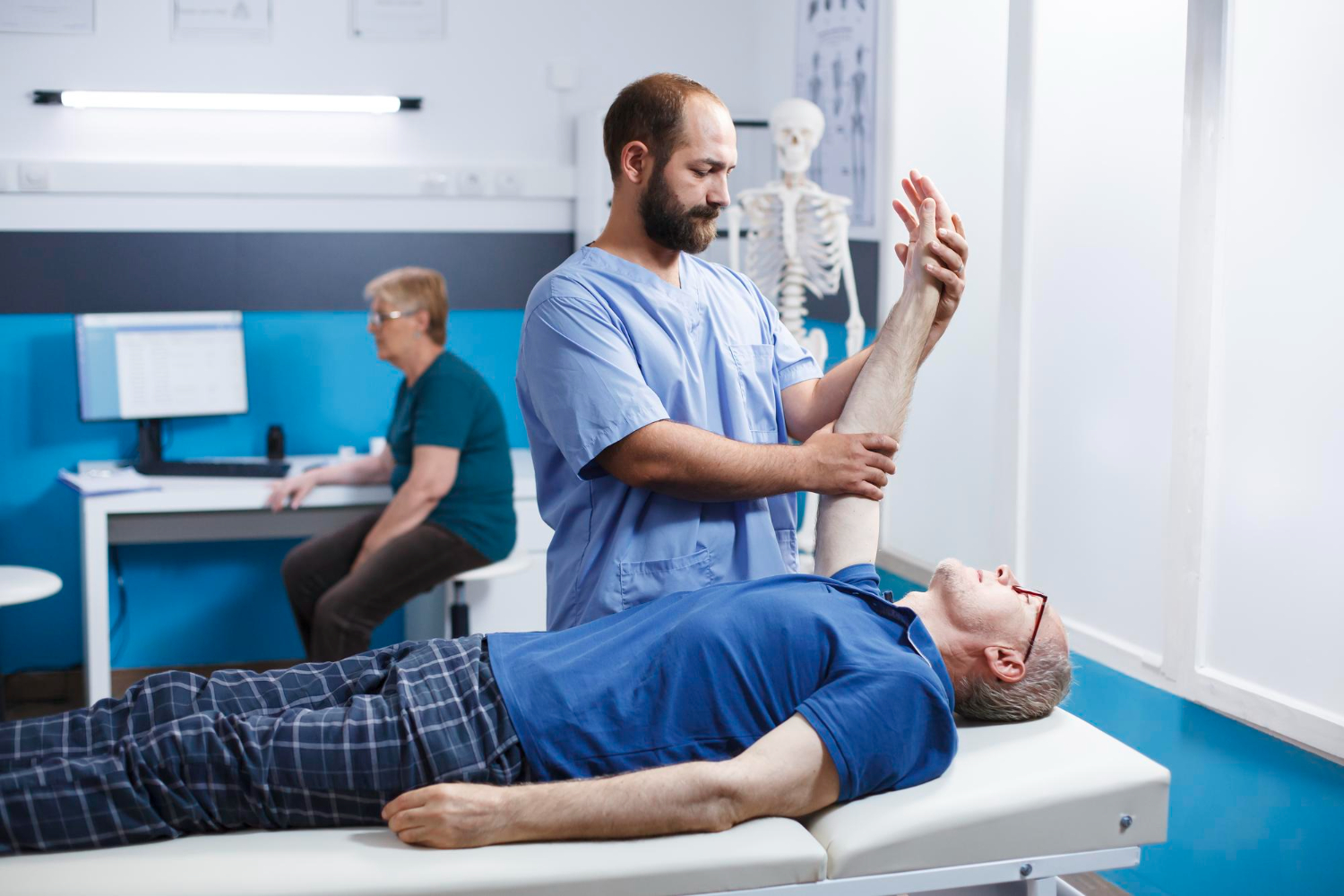As we age, maintaining strong bones and flexible joints becomes increasingly important. After the age of 40, natural changes in bone density, joint function, and muscle strength can lead to discomfort, reduced mobility, and an increased risk of injuries. However, with the right orthopedic strategies, it’s possible to remain active, agile, and pain-free well into later life.
In this guide, we’ll explore top orthopedic tips for protecting bone and joint health after 40, promoting strength, flexibility, and long-term wellness.
Why Bone and Joint Health Matters After 40
Starting in your 40s, the body begins to lose bone mass at a faster rate. Additionally, cartilage that cushions your joints starts to wear down, leading to stiffness, inflammation, and conditions like osteoarthritis. Neglecting joint and bone care can result in:
- Chronic pain
- Limited range of motion
- Increased risk of fractures
- Decreased overall quality of life
Taking a preventive approach through orthopedic-informed choices can greatly reduce these risks.
1. Stay Physically Active—but Do It Smartly
Regular movement is essential for bone strength and joint flexibility. However, it’s important to choose exercises that are both effective and joint-friendly.
Orthopedic-recommended exercises include:
- Weight-bearing activities like walking, hiking, and dancing
- Resistance training to build muscle and support joints
- Low-impact cardio such as swimming or cycling
- Yoga and stretching to improve flexibility and posture
💡 Tip: Always warm up before and cool down after physical activity to prevent injuries.
2. Prioritize Proper Nutrition for Strong Bones
A nutrient-rich diet plays a key role in orthopedic health. Focus on foods that support bone density and reduce inflammation.
Key nutrients include:
- Calcium: Found in dairy, leafy greens, almonds, and fortified foods
- Vitamin D: Essential for calcium absorption; get it from sun exposure, fatty fish, or supplements
- Magnesium & Vitamin K: Support bone structure and density
- Omega-3 Fatty Acids: Help reduce joint inflammation
💡 Tip: Limit processed foods, sugary drinks, and alcohol, which can weaken bone structure over time.
3. Maintain a Healthy Weight
Excess weight puts added stress on joints—especially knees, hips, and lower back. Every extra pound increases the force on your joints, accelerating wear and tear.
Losing just 5-10% of your body weight can significantly:
- Reduce joint pain
- Improve mobility
- Delay progression of arthritis
4. Practice Good Posture and Ergonomics
Poor posture and improper body mechanics during everyday activities can strain your joints and spine. Whether you’re sitting at a desk or lifting objects, posture matters.
Orthopedic posture tips:
- Keep your spine aligned while sitting or standing
- Use lumbar support when sitting for long hours
- Avoid slouching or crossing your legs
- Lift with your legs, not your back
5. Protect Your Joints During Daily Activities
As joints become more vulnerable with age, small changes in daily habits can go a long way.
- Use joint-friendly tools (e.g., ergonomic handles, cushioned mats)
- Avoid repetitive motions that stress one area
- Take frequent breaks to stretch and move
6. Schedule Regular Orthopedic Checkups
Even if you’re pain-free, check in with an orthopedic specialist after 40 to:
- Monitor bone density
- Assess risk factors for arthritis or osteoporosis
- Address early signs of wear and tear
Early intervention often leads to more effective treatment and prevention strategies.
7. Don’t Ignore Pain or Stiffness
Pain is your body’s signal that something is wrong. Ignoring joint discomfort can lead to chronic problems. Common warning signs include:
- Persistent swelling
- Morning stiffness lasting longer than 30 minutes
- Clicking or grinding joints
- Decreased range of motion
Consult a healthcare provider to address the root cause early.
Conclusion
Maintaining bone and joint health after 40 is entirely possible with proactive care, lifestyle adjustments, and expert guidance. By staying active, eating right, managing weight, and seeking orthopedic support when needed, you can enjoy a vibrant, pain-free life well into your senior years. Your bones are your foundation—keep them strong, and the rest will follow.


Leave a Reply